
The Pulsating Heart of Tokyo: Shinjuku
Explore Shinjuku: Tokyo's dynamic district of skyscrapers, serene gardens, and vibrant nightlife, where traditional culture meets modern excitement.
Shinjuku is a lively district in the heart of Tokyo that never sleeps. Known for its towering skyscrapers, neon lights, and bustling streets, it offers a mix of modernity and tradition. Shinjuku Station, one of the busiest railway stations in the world, serves as a gateway to this vibrant neighborhood. From high-end shopping malls to cozy izakayas, Shinjuku has something for everyone. During the day, you can explore Shinjuku Gyoen National Garden, a peaceful oasis in the midst of the urban hustle. This stunning garden is the perfect place to relax and enjoy the beauty of cherry blossoms in spring or the colorful foliage in autumn. For a completely different experience, head to the Tokyo Metropolitan Government Building, where you can get a panoramic view of the city from its observation decks. As night falls, Shinjuku transforms into a hub of nightlife and entertainment. The Kabukicho area, known as Tokyo's red-light district, offers a myriad of bars, clubs, and unique themed restaurants. Don't miss the Robot Restaurant for a one-of-a-kind dining experience with robots and lasers. The Golden Gai area, with its narrow alleyways and tiny bars, is perfect for a more intimate and authentic Japanese nightlife experience.
Local tips in Shinjuku
- Visit Shinjuku Gyoen early in the morning for a peaceful experience before the crowds arrive.
- For the best view of Tokyo, go to the Tokyo Metropolitan Government Building's observation deck, which is free of charge.
- Golden Gai is best explored in the evening when its tiny bars come to life.
- If you're dining in Kabukicho, make reservations in advance, especially for popular spots like the Robot Restaurant.
- Carry cash, as many smaller establishments in Shinjuku do not accept credit cards.
The Pulsating Heart of Tokyo: Shinjuku
Shinjuku is a lively district in the heart of Tokyo that never sleeps. Known for its towering skyscrapers, neon lights, and bustling streets, it offers a mix of modernity and tradition. Shinjuku Station, one of the busiest railway stations in the world, serves as a gateway to this vibrant neighborhood. From high-end shopping malls to cozy izakayas, Shinjuku has something for everyone. During the day, you can explore Shinjuku Gyoen National Garden, a peaceful oasis in the midst of the urban hustle. This stunning garden is the perfect place to relax and enjoy the beauty of cherry blossoms in spring or the colorful foliage in autumn. For a completely different experience, head to the Tokyo Metropolitan Government Building, where you can get a panoramic view of the city from its observation decks. As night falls, Shinjuku transforms into a hub of nightlife and entertainment. The Kabukicho area, known as Tokyo's red-light district, offers a myriad of bars, clubs, and unique themed restaurants. Don't miss the Robot Restaurant for a one-of-a-kind dining experience with robots and lasers. The Golden Gai area, with its narrow alleyways and tiny bars, is perfect for a more intimate and authentic Japanese nightlife experience.
Iconic landmarks you can’t miss
Shinjuku Gyoen National Garden
Discover tranquility at Shinjuku Gyoen National Garden, a stunning blend of nature and culture in the heart of Tokyo. Experience seasonal beauty and serene landscapes.
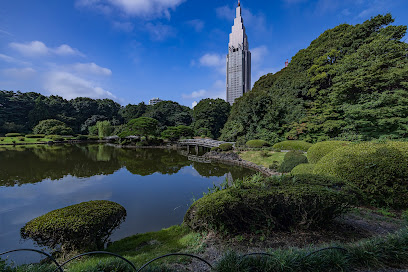
Omoide Yokocho
Discover the flavors of Tokyo at Omoide Yokocho, a historic alleyway filled with traditional izakayas and authentic Japanese cuisine.

Shinjuku Chuo Park
Experience the tranquil beauty of Shinjuku Chuo Park, a lush escape in Tokyo's urban landscape, perfect for relaxation and exploration.

Tokyo Metropolitan Government Building North Observatory
Experience breathtaking panoramic views of Tokyo from the Tokyo Metropolitan Government Building North Observatory, a free must-visit tourist attraction.
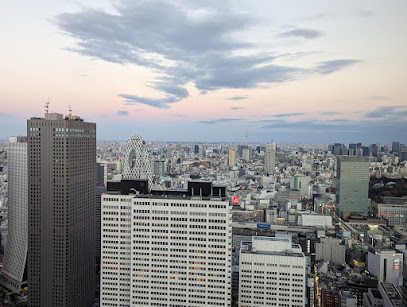
Godzilla Head
Discover the iconic Godzilla Head in Shinjuku, a must-see attraction for film lovers and tourists exploring Tokyo's vibrant Kabukicho district.
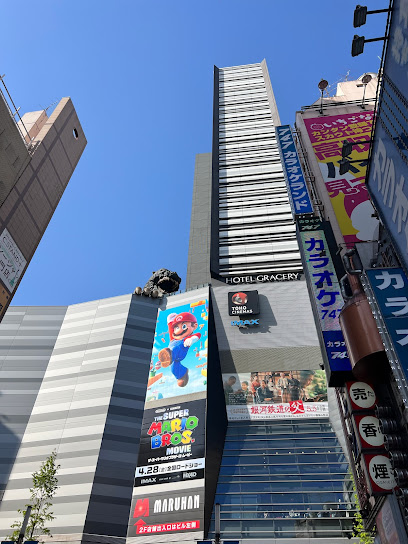
Subaru Building Shinjuku Eye
Experience the striking Subaru Building Shinjuku Eye, a unique cultural landmark and architectural marvel in Tokyo's vibrant Shinjuku district.
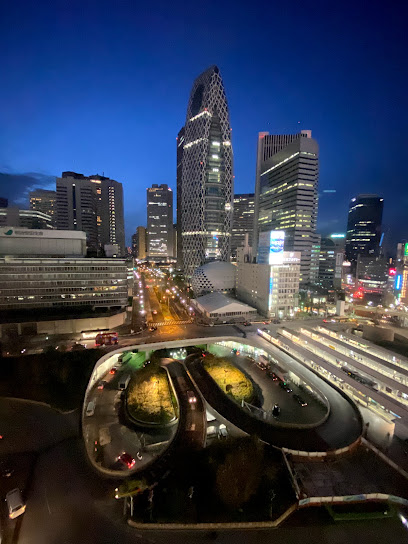
Ninja Trick House In Tokyo
Experience the thrilling world of ninjas at the Ninja Trick House in Tokyo's Kabukicho, where adventure meets culture in a fun-filled atmosphere.
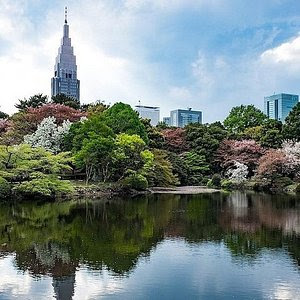
Kyu-Goryo-Tei (Taiwan Pavilion)
Explore the historical beauty of Kyu-Goryo-Tei, the Taiwan Pavilion, nestled within the serene Shinjuku Gyoen National Garden.
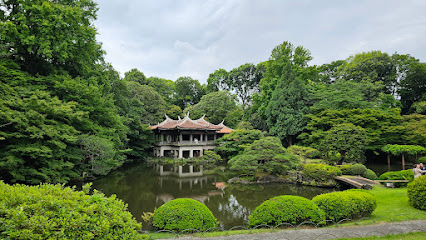
Yotsuya Okido Mark
Explore the rich history of Yotsuya Okido Mark, a significant landmark in Tokyo's Shinjuku City, blending the past with vibrant urban life.
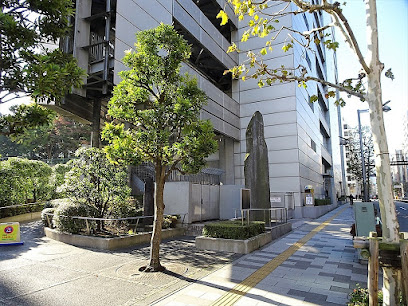
歌舞伎町さくら通り
Explore the vibrant streets of Kabukicho, Tokyo’s iconic entertainment district, where neon lights and cultural experiences await in every corner.
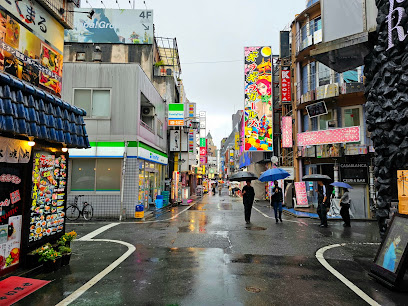
Unmissable attractions to see
Omoide Yokocho
Discover the culinary charm of Omoide Yokocho, a hidden gem in Shinjuku offering authentic Japanese cuisine in a nostalgic, vibrant setting.
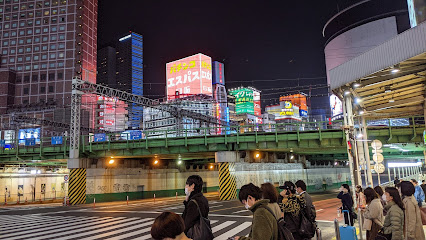
Shinjuku Chuo Park
Discover tranquility at Shinjuku Chuo Park, Tokyo's lush urban oasis perfect for leisurely strolls, picnics, and seasonal beauty.

Tokyo Metropolitan Government Building North Observatory
Experience breathtaking panoramic views of Tokyo and beyond from the free observation deck at the Tokyo Metropolitan Government Building North Observatory.
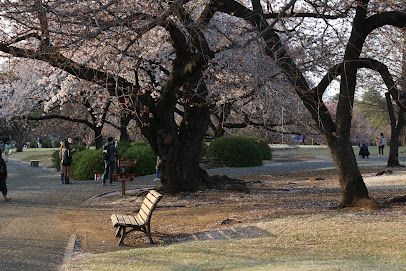
Godzilla Head
Discover the awe-inspiring Godzilla Head in Shinjuku, Tokyo, a must-see for fans of cinema and Japanese pop culture in the vibrant Kabukicho district.
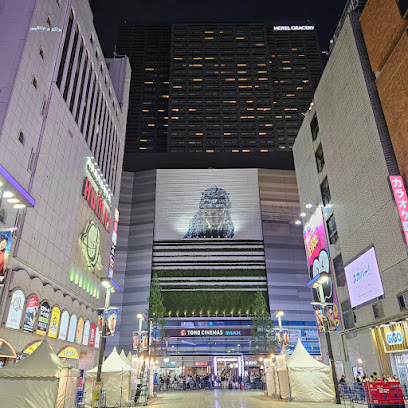
Subaru Building Shinjuku Eye
Discover the artistic allure of Subaru Building Shinjuku Eye, a remarkable cultural landmark in the heart of Tokyo's vibrant Shinjuku district.

Ninja Trick House In Tokyo
Unleash your inner ninja at Tokyo's Ninja Trick House, a thrilling amusement center blending culture and fun in the heart of Kabukicho.
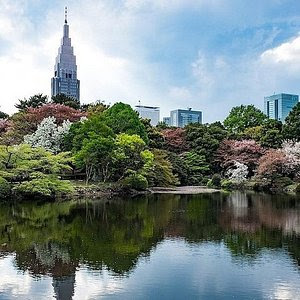
GODZILLA ROAD
Experience the iconic Godzilla Road in Shinjuku, Tokyo, where pop culture meets vibrant nightlife in a thrilling atmosphere.
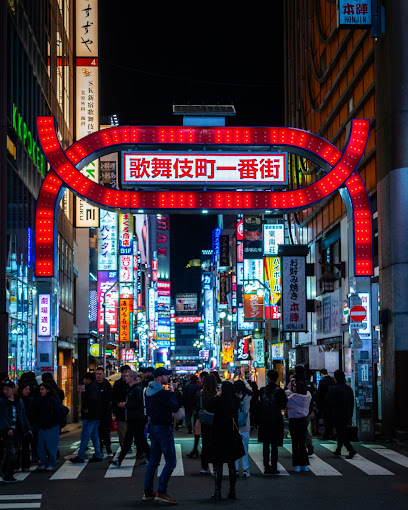
歌舞伎町さくら通り
Experience the vibrant nightlife and eclectic culture of Kabukicho, Tokyo's iconic entertainment district, where adventure awaits at every corner.
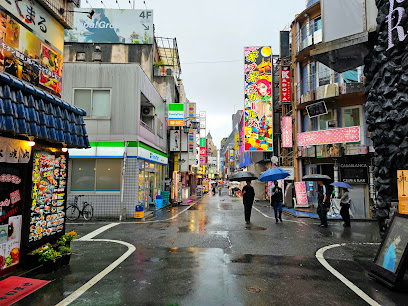
Islamic Alley
Explore Islamic Alley in Shinjuku City, Tokyo - a charming blend of culture, cuisine, and unique shopping experiences.
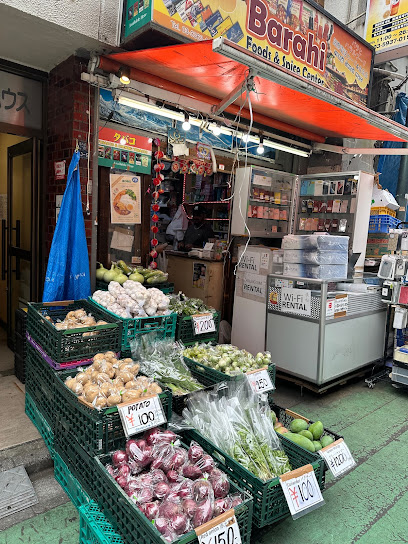
Essential places to dine
Tempura Shinjuku Tsunahachi Souhonten
Discover the rich flavors of traditional Japanese cuisine at Tempura Shinjuku Tsunahachi Souhonten - where every bite tells a story.
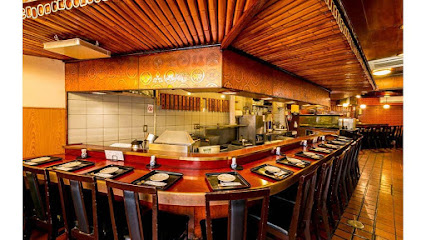
Nabezo Shinjuku Sanchome Store
Discover the authentic taste of Japan at Nabezo Shinjuku Sanchome with exquisite hot pot dishes that promise a delightful dining experience.

Teppan Baby
Experience the vibrant flavors of Japan at Teppan Baby in Shinjuku – where teppanyaki meets lively izakaya culture.
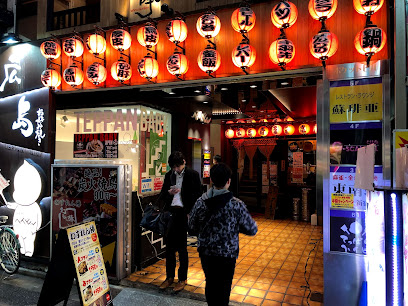
Sky View Dining 星空の中へ
Dine high above Tokyo at Sky View Dining - where exquisite Japanese cuisine meets breathtaking skyline views.
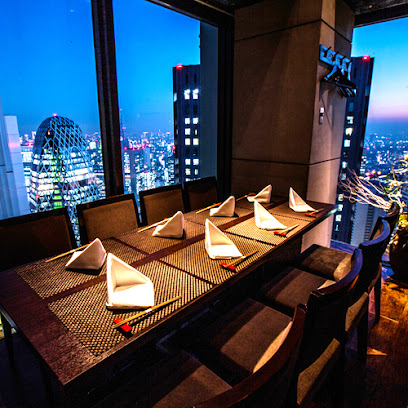
Kakekomi Gyoza
Discover the authentic flavors of Japan at Kakekomi Gyoza in Shinjuku – where every bite tells a story.
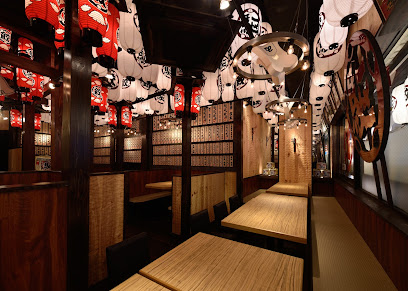
Shinjuku Kappo NAKAJIMA
Discover the exquisite flavors and artistry of Kaiseki cuisine at Shinjuku Kappo NAKAJIMA in Tokyo's vibrant Shinjuku district.
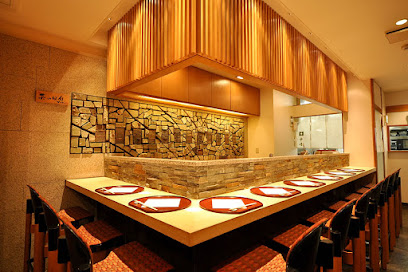
Nabezo Shinjuku Meiji Dori
Savor the taste of Japan with authentic hot pot dishes at Nabezo Shinjuku Meiji Dori - a must-visit culinary gem in Tokyo.

Sungari Shinjuku 3 chome branch
Experience authentic Russian, Georgian, and Ukrainian cuisine at Sungari Shinjuku – a culinary journey in the heart of Tokyo's vibrant Shinjuku district.

NINGEN RESTAURANT(HUMAN RESTAURANT)
Discover the fusion of Japanese izakaya charm and Italian culinary delights at Ningen Restaurant in Shinjuku's vibrant Kabukicho district.

Kakatojo
Discover authentic Japanese cuisine at Kakatojo, where Tempura meets Teppanyaki in the heart of Shinjuku.
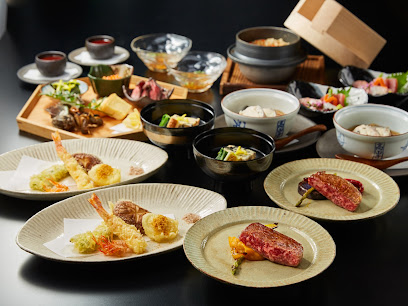
Markets, malls and hidden boutiques
Takashimaya
Explore Takashimaya in Shibuya, Tokyo - a shopping and culinary haven featuring diverse retail, cafes, and unique souvenirs for every traveler.
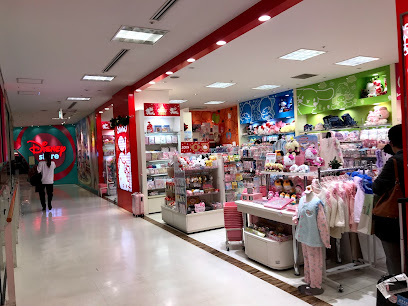
Shinjuku SUBNADE
Discover Shinjuku SUBNADE, a vibrant shopping mall in Tokyo's Kabukicho, offering fashion, food, and fun in a lively urban atmosphere.
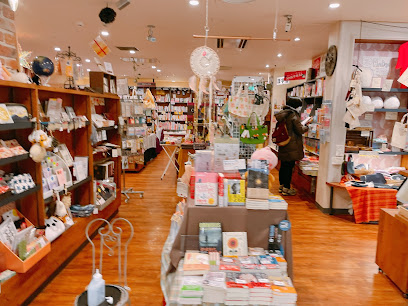
Flags
Discover the ultimate shopping experience at Flags in Shinjuku, Tokyo, where fashion meets culture in a vibrant atmosphere.
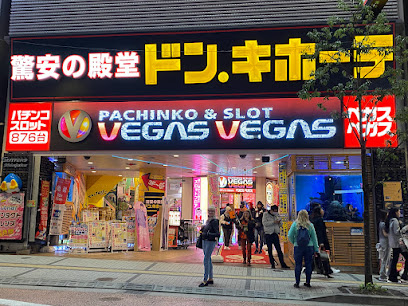
AKOMEYA TOKYO NEWoMan SHINJUKU
Explore AKOMEYA TOKYO NEWoMan SHINJUKU, a gourmet grocery store and gift shop offering authentic Japanese products and culinary treasures.

Sanrio Gift Gate
Discover the enchanting world of Sanrio at Sanrio Gift Gate in Shinjuku, Tokyo - a must-visit for kawaii culture enthusiasts.
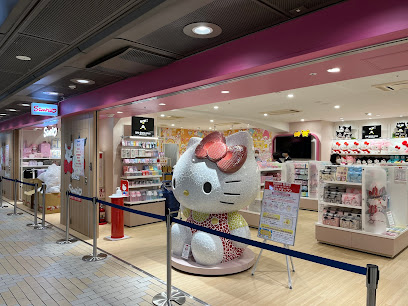
TODAY'S SPECIAL Shinjuku
Explore unique gifts and home goods at TODAY'S SPECIAL Shinjuku, a delightful novelty store in the heart of Tokyo's vibrant Shinjuku district.

Japan Gold Label
Explore the essence of Japanese craftsmanship at Japan Gold Label, your go-to gift shop in Tokyo for unique souvenirs and cultural treasures.
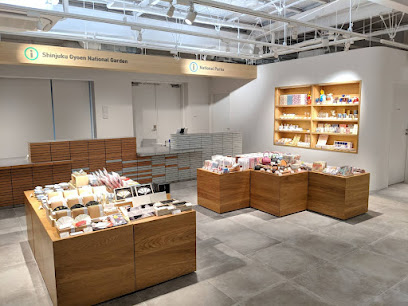
HUMBLE RICH |ウエニ貿易
Explore HUMBLE RICH, a charming gift shop offering unique artisanal products that capture the essence of local culture and craftsmanship.
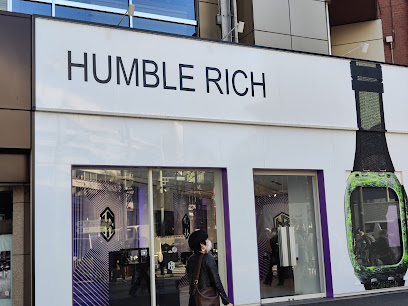
Shinjuku
Discover the vibrant shopping and entertainment scene in Shinjuku, Tokyo's bustling district of culture and excitement.

THE TOKYO MATRIX Official Store
Explore THE TOKYO MATRIX Official Store in Kabukicho, Shinjuku for unique souvenirs and exclusive merchandise reflecting Tokyo's vibrant culture.

Essential bars & hidden hideouts
BAR LIVET
Discover a hidden gem in Shinjuku where whiskey enthusiasts indulge in rare selections and enjoy an intimate atmosphere.
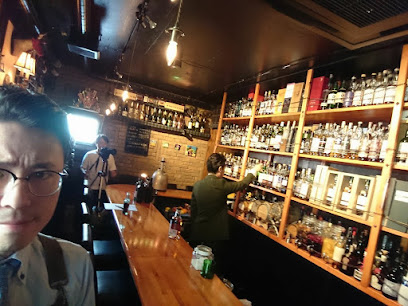
Deathmatch in Hell
Explore Tokyo's nightlife at Deathmatch in Hell, an intimate bar in Kabukicho offering a unique atmosphere and affordable drinks.
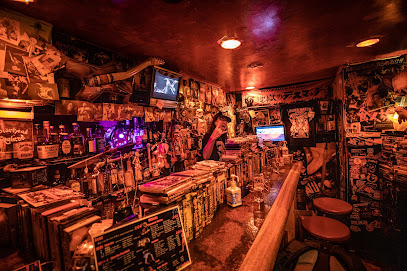
Art Bar Shuten-Doji
Experience the unique blend of art and nightlife at Art Bar Shuten-Doji in Tokyo's Kabukicho, where creativity meets karaoke for an unforgettable night.
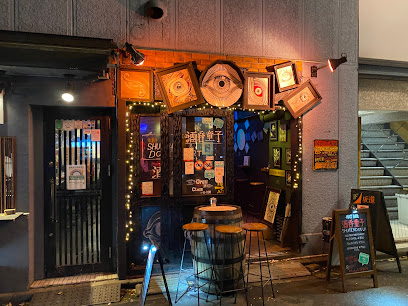
Zoetrope
Discover the vibrant atmosphere and exquisite cocktails at Zoetrope, a unique bar experience in the heart of Shinjuku, Tokyo.

SPIRITS BAR Sunface SHINJUKU
Discover the artistry of cocktails at SPIRITS BAR Sunface in Shinjuku, where each drink is a masterpiece waiting to be savored.
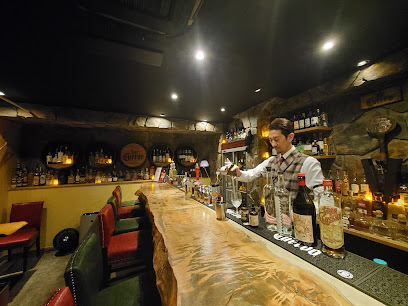
BAR PSY
Experience the heart of Tokyo's nightlife at BAR PSY, a cozy bar in Kabukicho offering great drinks and a lively atmosphere.
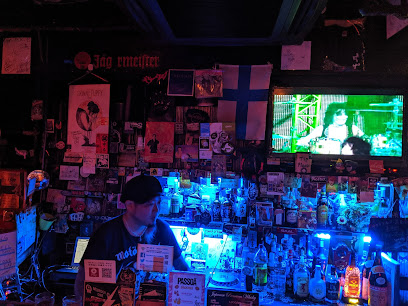
Jeremiah
Experience the essence of Tokyo's nightlife at Jeremiah Bar, where unique cocktails and a cozy atmosphere await you in the heart of Shinjuku.
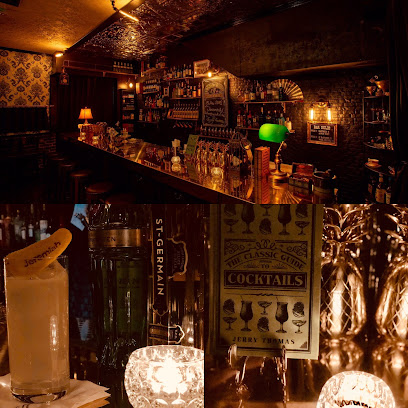
ARAKU
Discover the vibrant atmosphere of ARAKU, a unique bar in Kabukicho, Tokyo, offering exquisite drinks and an unforgettable nightlife experience.
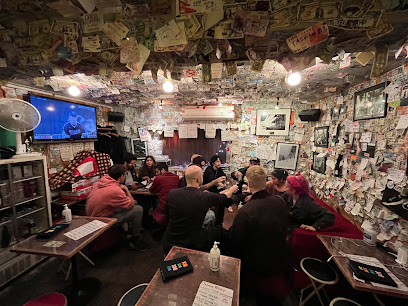
Bar Logue
Experience Tokyo's nightlife at Bar Logue, a stylish bar in Shinjuku with a diverse drink menu and vibrant atmosphere for socializing.
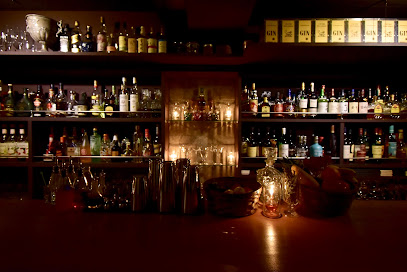
Hair Of the Dogs
Discover the vibrant nightlife of Tokyo at Hair Of the Dogs, a lively bar in Kabukicho offering a unique atmosphere and diverse drink selection.
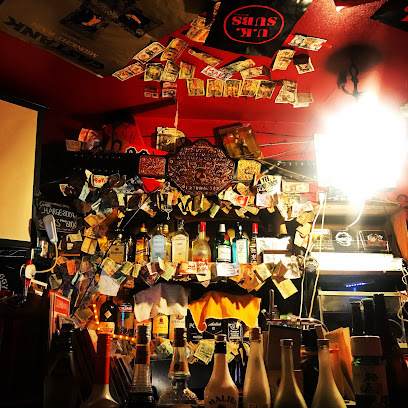
Local Phrases
-
- Helloこんにちは
[Konnichiwa] - Goodbyeさようなら
[Sayonara] - Yesはい
[Hai] - Noいいえ
[Iie] - Please/You're welcomeどうぞ
[Douzo] - Thank youありがとうございます
[Arigatou gozaimasu] - Excuse me/Sorryすみません
[Sumimasen] - How are you?お元気ですか?
[Ogenki desu ka?] - Fine. And you?元気です。あなたは?
[Genki desu. Anata wa?] - Do you speak English?英語を話せますか?
[Eigo o hanasemasu ka?] - I don't understandわかりません
[Wakarimasen]
- Helloこんにちは
-
- I'd like to see the menu, pleaseメニューを見せてください
[Menyuu o misete kudasai] - I don't eat meat肉を食べません
[Niku o tabemasen] - Cheers!乾杯!
[Kanpai!] - I would like to pay, pleaseお会計をお願いします
[Okaikei o onegaishimasu]
- I'd like to see the menu, pleaseメニューを見せてください
-
- Help!助けて!
[Tasukete!] - Go away!行って!
[Itte!] - Call the Police!警察を呼んで!
[Keisatsu o yonde!] - Call a doctor!医者を呼んで!
[Isha o yonde!] - I'm lost道に迷っています
[Michi ni mayotte imasu] - I'm ill具合が悪いです
[Guai ga warui desu]
- Help!助けて!
-
- I'd like to buy...買いたいです...
[Kaitai desu...] - I'm just looking見ているだけです
[Mite iru dake desu] - How much is it?いくらですか?
[Ikura desu ka?] - That's too expensiveそれは高すぎます
[Sore wa takasugimasu] - Can you lower the price?値段を下げてもらえますか?
[Nedan o sagete moraemasu ka?]
- I'd like to buy...買いたいです...
-
- What time is it?今何時ですか?
[Ima nanji desu ka?] - It's one o'clock一時です
[Ichiji desu] - Half past (10)10時半です
[Juuji han desu] - Morning朝
[Asa] - Afternoon午後
[Gogo] - Evening夕方
[Yuugata] - Yesterday昨日
[Kinou] - Today今日
[Kyou] - Tomorrow明日
[Ashita] - 1一
[Ichi] - 2二
[Ni] - 3三
[San] - 4四
[Shi] - 5五
[Go] - 6六
[Roku] - 7七
[Nana] - 8八
[Hachi] - 9九
[Kyu] - 10十
[Ju]
- What time is it?今何時ですか?
-
- Where's a/the...?…はどこですか?
[... wa doko desu ka?] - What's the address?住所は何ですか?
[Jusho wa nan desu ka?] - Can you show me (on the map)?地図で見せていただけますか?
[Chizu de misete itadakemasu ka?] - When's the next (bus)?次の(バス)はいつですか?
[Tsugi no (basu) wa itsu desu ka?] - A ticket (to ....)チケット(…まで)
[Chiketto (... made)]
- Where's a/the...?…はどこですか?
History of Shinjuku
-
Shinjuku began to take shape during the Edo period (1603-1868) when it served as a post station on the Koshu Kaido road, connecting Edo (modern-day Tokyo) to the western provinces. The area became a crucial stop for travelers and merchants, fostering a vibrant local economy that relied on hospitality and trade.
-
In the Meiji era (1868-1912), Shinjuku underwent significant transformation as Japan opened to the West. The establishment of railways connected Shinjuku to central Tokyo, spurring urban development. The area evolved into a commercial hub with the construction of department stores and theaters, reflecting the rapid modernization of Japanese society.
-
After World War II, Shinjuku became a focal point for reconstruction efforts. The district witnessed a surge in population and economic activity, leading to the development of skyscrapers and the famous Shinjuku Gyoen National Garden. The area transformed into a vibrant urban center, known for its nightlife, shopping, and entertainment.
-
Throughout the late 20th century, Shinjuku emerged as a cultural melting pot, attracting diverse communities. The district is home to Kabukicho, Tokyo's red-light district, and a variety of cultural institutions, including museums and theaters. This blend of traditional and modern culture makes Shinjuku a unique representation of Tokyo's multifaceted identity.
-
Today, Shinjuku stands as one of Tokyo's most significant commercial and entertainment districts, featuring the iconic Tokyo Metropolitan Government Building and bustling shopping areas like Shinjuku Ni-chome. The area's historical evolution continues to influence its vibrant atmosphere, making it a must-visit destination for both locals and tourists.
Shinjuku Essentials
-
Shinjuku is easily accessible from various neighborhoods in Tokyo. From Shibuya, take the JR Yamanote Line or the Saikyo Line, which takes about 7-10 minutes. From Harajuku, board the JR Yamanote Line, which will take approximately 15 minutes. From Tokyo Station, the JR Chuo Line will get you to Shinjuku in about 15 minutes. The area is also well-connected by a network of subway lines, including the Tokyo Metro and Toei Subway.
-
Shinjuku is a bustling area, and the best way to navigate is via public transport. The Shinjuku Station is one of the busiest railway stations in the world, with access to multiple train lines and subways. Buses also run frequently, connecting to various parts of the city. For a more local experience, consider renting a bicycle, as many areas are bike-friendly. Walking is also a great way to explore the vibrant streets and hidden alleys.
-
Shinjuku is generally safe for tourists, but like any major city, it is wise to remain vigilant. The Kabukicho area, known for its nightlife, can have higher instances of petty crime such as scams, so it is advisable to be cautious. Avoid poorly lit streets at night and remain aware of your surroundings, especially in crowded areas.
-
In case of an emergency, call 110 for police assistance or 119 for fire and ambulance services in Japan. Emergency services in Tokyo are efficient, and English-speaking operators are available. It is advisable to have travel insurance that covers medical emergencies. For minor health issues, look for pharmacies or convenience stores that often sell over-the-counter medications.
-
Fashion: Do dress respectfully, especially when visiting temples or shrines. Avoid overly casual attire. Religion: Do show respect at religious sites, such as removing shoes where required. Public Transport: Do keep your phone on silent and refrain from talking loudly. Don’t eat or drink on trains. Greetings: Do bow slightly when greeting someone; a handshake is also acceptable. Eating & Drinking: Do try local specialties in small eateries. Don’t tip, as it is not customary in Japan.
-
To experience Shinjuku like a local, explore the Omoide Yokocho (Memory Lane) for authentic izakaya dining. Visit the Shinjuku Gyoen National Garden for a peaceful escape from the urban hustle. Take time to explore the many small shops and boutiques in the back streets, where you can find unique fashion and artisanal goods. Engage with locals in parks or cafes, as they often enjoy sharing recommendations on hidden gems in the area.
Nearby Cities to Shinjuku
-
Things To Do in Nagoya
-
Things To Do in Kanazawa
-
Things To Do in Kyoto
-
Things To Do in Nara
-
Things To Do in Osaka
-
Things To Do in Hiroshima
-
Things To Do in Sapporo
-
Things To Do in Fukuoka
-
Things To Do in Pohang
-
Things To Do in Gyeongju
-
Things To Do in Ulsan
-
Things To Do in Busan
-
Things To Do in Andong
-
Things To Do in Daegu
-
Things To Do in Chuncheon












